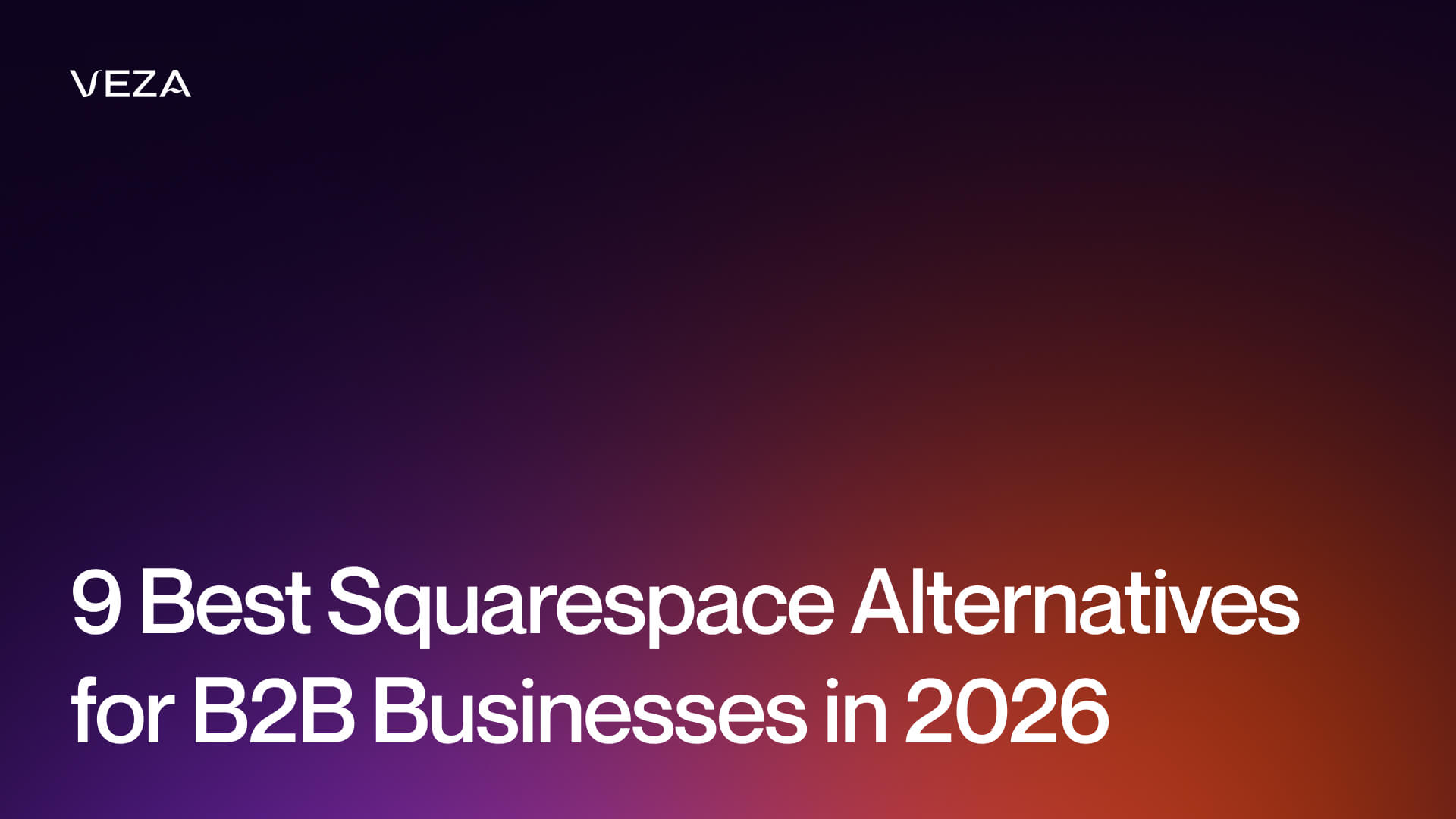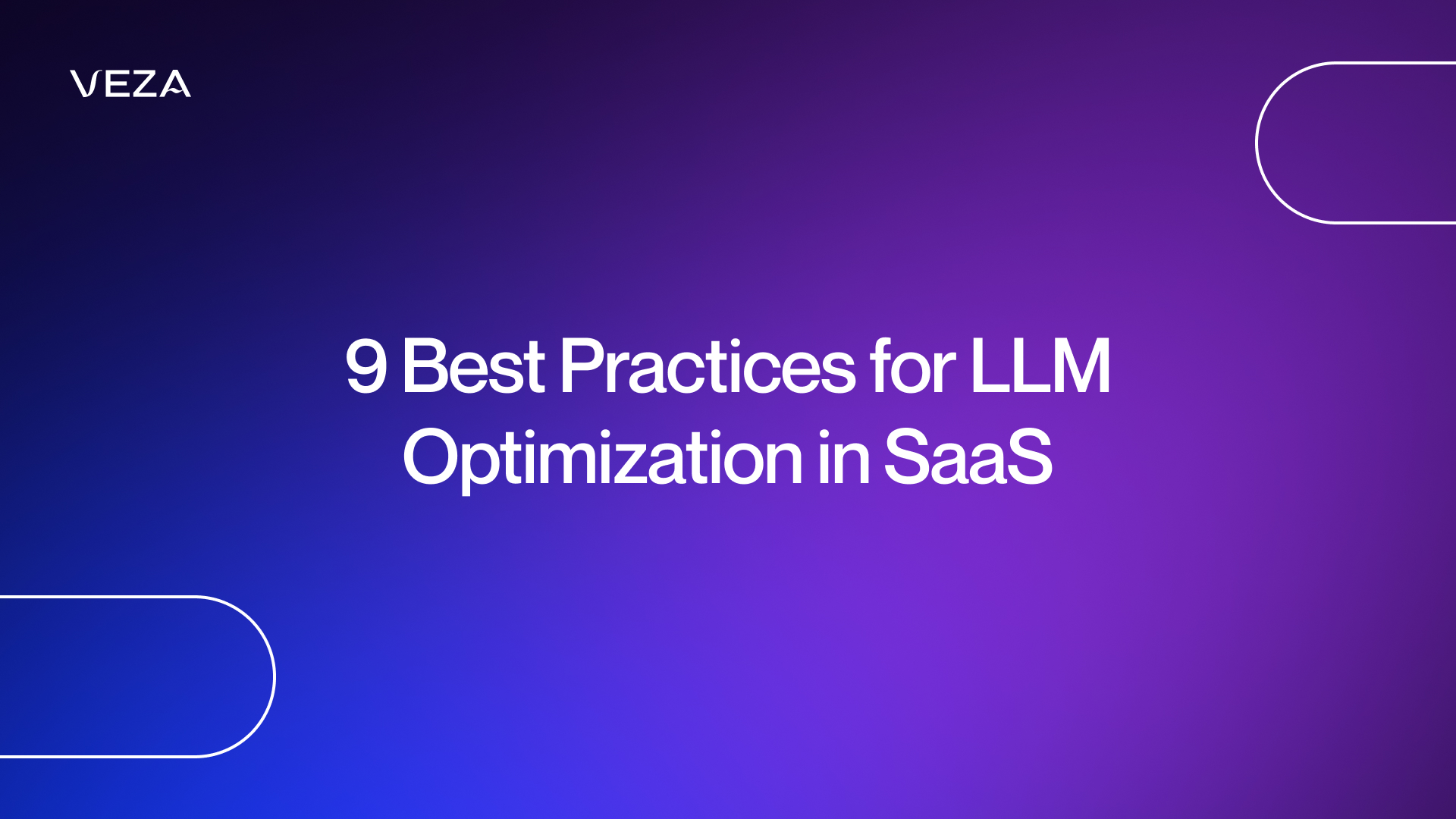9 Best Squarespace Alternatives for B2B Businesses in 2026
Best Squarespace alternatives compared: Webflow, WordPress, Shopify, Wix & more. Expert analysis for B2B companies seeking better design, SEO, and scalability.
 9 Best Squarespace Alternatives for B2B (2026)
9 Best Squarespace Alternatives for B2B (2026)The Definitive Guide to Choosing the 15+ Best SaaS Web Design Agencies
Discover the 15+ best SaaS web design agencies specializing in CRO, UX, and scalable growth. Learn the 4 non-negotiable criteria to vet an agency for maximum ROI in 2026.
%20(1).avif) The 15+ Best SaaS Web Design Agencies (2026): Vetting for ROI
The 15+ Best SaaS Web Design Agencies (2026): Vetting for ROIWebflow ChatGPT Integration: The Complete Guide to Advanced Data Automation
Unlock dynamic content and data automation on Webflow using custom ChatGPT API integrations. Learn setup, security, and advanced use cases.
%20(1).avif) Webflow + ChatGPT Integration: Advanced API Automation
Webflow + ChatGPT Integration: Advanced API Automation9 Best Practices for LLM Optimization in SaaS: The Architect's Guide to Compliance and Multi-Tenancy
Master the best practices for LLM optimization in SaaS. Architect compliant, multi-tenant features, master PII governance, SOC2 audit trails, and ensure enterprise reliability.
 9 Best Practices for LLM Optimization in SaaS | VezaDigital
9 Best Practices for LLM Optimization in SaaS | VezaDigitalBest AI Tools for B2B Marketing: Complete Guide for 2025
See the best AI tools transforming B2B marketing in 2025. Compare platforms for lead gen, automation, personalization & analytics. [Updated List Inside]
.avif) Best AI Tools for B2B Marketing 2025 [Top Picks]
Best AI Tools for B2B Marketing 2025 [Top Picks]Airtable Webflow Integration for SEO Pages
Learn how to integrate Airtable with Webflow to scale SEO pages efficiently. Improve workflows, automate updates, and optimize on-page SEO at scale.
.avif) Airtable & Webflow SEO Integration (Step-by-Step Guide)
Airtable & Webflow SEO Integration (Step-by-Step Guide)
